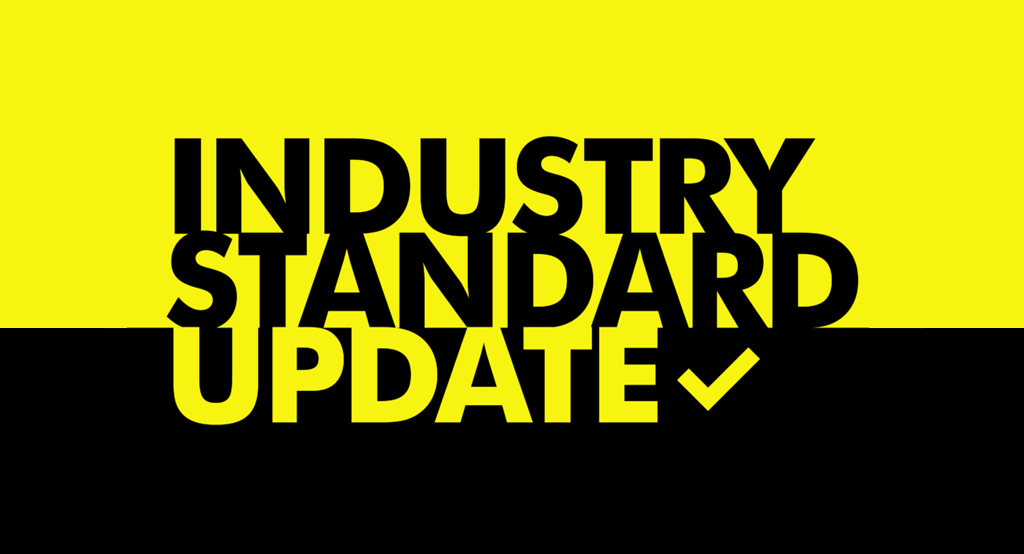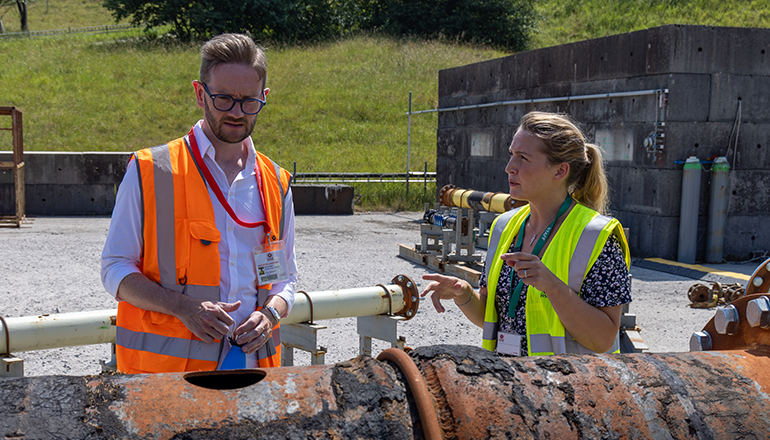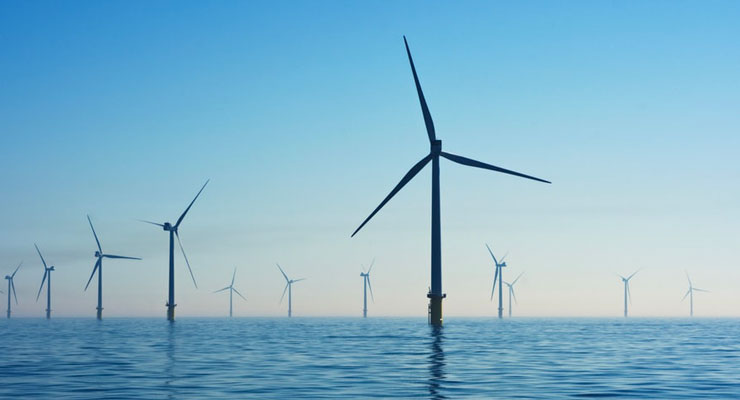
Industry Standard Update 108: IGEM/G/5 Edition 3 Gas in multi-occupancy buildings
Date issued: 16 March 2022
This Industry Standard Update provides an overview of the recently published revised Industry Standard IGEM/G/5 Edition 3 Gas in multi-occupancy buildings, and highlights areas of significant change that the revision has introduced.
Introduction
During February 2022, IGEM published a revision to IGEM/G/5 Edition 2 Gas in multi-occupancy buildings(1). IGEM/G/5 Edition 3(2) (Communication 1855) supersedes Edition 2 (Communication 1762), which is now obsolete.
The revision to this standard comes into effect immediately.
To allow registered businesses time to carry out internal update training to reflect the technical requirements of the amended standard, Gas Safe Register will inspect to its new requirements from 1 June 2022. However, this should not restrict businesses from applying the specification sooner.
The following is a brief overview of the amendments made to IGEM/G/5 Edition 3.
General
References to legislation and current standards have been updated throughout where required.
Significant amendments have been made, which include:
- Reviewed risk hierarchy for timber and traditionally constructed buildings
- Revision of figures and the addition of new figures
- Reviewed responsibilities associated with new work, replacement work and ongoing operation inspection and maintenance
- Updated requirements for inspection of network pipelines
- Updated references to materials standards
- Reviewed competence requirements
- Reviewed record keeping and information to be presented to the responsible person for the building
- Decommissioning.
Section 2: Scope
IGEM/G/5 Edition 3 covers gas infrastructure to and within multi-occupancy buildings, including those designated as high-risk buildings and the individual dwellings and commercial units within such buildings. The standard covers new, replacement and like-for-like component replacement of gas network pipelines, meter installations, installation pipework (including secondary meters), appliances and chimneys.
The standard defines requirements covering the core areas of safety for gas in multi-occupancy buildings, such as:
- Planning, risk assessment and minimising risk
- Meter installations and location of gas meters with respect to escape routes and the Gas Safety (Installation and Use) Regulations 1998 (GSIUR) and Building Regulations
- Network pipelines, types of building entry, risers, laterals and isolation valves
- Ventilation of network pipelines, meter installations and installation pipework
- Access for inspection and maintenance to network pipelines, meters, installation pipework and appliance chimneys
- Modifications, repairs, testing, re-commissioning and decommissioning of existing network pipelines
- Energy centres and their associated risks
- Installation pipework, gas appliances and chimneys
- Materials
- Location of valves
- Inspection, maintenance and decommissioning
- Electrical safety and equipotential bonding
- Roles, responsibilities and competence.
Section 4: Responsibilities and consultation
IGEM/G/5 Edition 3 applies to various scenarios. In Section 4, it provides guidance on applicable responsibilities to the most common scenarios:
- New building development with new gas supply
- Existing building with new first-time gas supply
- Ongoing operation, inspection and maintenance of gas infrastructure to and within a multi-occupancy building
- Replacement of gas infrastructure initiated by building refurbishment
- Replacement of gas infrastructure initiated by gas transporter (GT)
- Decommissioning at end of life. Where scenarios are not specified in the standard, the principles that underpin it shall be applied.
Section 5: Typical installations
This section includes diagrams of typical primary meter installations and their associated controls and fittings.
Section 6: Competency
Section 6 describes the requirements of businesses with regard to competencies, qualifications, understanding and knowledge of any person engaged in the design, construction, commissioning, inspection, maintenance, decommissioning and auditing of gas infrastructure in multi-occupancy buildings.
Section 7: Planning and design of new and replacement gas infrastructure
7.1.1 states that the design objectives shall be to:
- Ensure gas will be delivered to consumers at a suitable pressure to ensure the safe operation of any gas appliance which they could reasonably be expected to operate
- Minimise the risk of fire and/or explosion resulting from the ignition of gas escaping from the proposed gas infrastructure
- Minimise the risk of serious aggravation of any building fire
- Ensure that additional third-party safety risks are not created
- Ensure that the gas infrastructure can be inspected and maintained in the future
- Ensure the fire integrity of the building is not adversely affected.
Several factors may have a bearing on overall safety, such as:
- The presence of combustible cladding on external walls
- Method of ventilation
- Position of meters
- Number of meters in a meter bank
- Access to components
- Number of joints
- Length of pipe and pipework in buildings
- Means of escape
- Future access for inspection and maintenance
- Type of chimney (individual or shared). Guidance includes that safety information should be documented and left with the client/responsible person for the building.
Information that should be passed to the client/ responsible person for the building includes:
- Brief description of the works
- Plans and/or line diagrams
- Location of pipeline isolation valve (PIV) marker plate
- Confirmation that the works were designed and constructed in compliance with PSR and/or the GSIUR
- Confirmation that the materials used in the building to convey gas to consumers are non-combustible
- The location, function and the need for permanent access in the event of an emergency of the PIV
- Location of supplementary valves and associated access requirements
- Ventilation, including its purpose, the requirement to maintain the free flow of air to disperse any credible leak, and the location and size of vents
- Sealing/fire stopping of sleeves where pipes breach internal compartment walls or floors
- Access arrangements for future inspection to confirm the continued integrity of the installation as a whole.
A memorandum of understanding should be agreed between the gas transporter (GT) and the building owner/responsible person for the building in order to facilitate future inspection and maintenance.
Section 8: Meter installations
Whereas IGEM/G/5 Edition 2 stated that meter installations SHOULD not be installed in or under stairways that make up escape routes, Edition 3 states that they MUST not be installed in these areas. There is also provision that smart meters are fitted to minimise connectivity issues.
Section 9: Network pipelines
Expanded advice for when running service pipework, including the addition of stainless-steel press-fit pipe and fittings.
Section 10: Isolation valves for network pipelines, meter installations and installation pipelines
Details of the various different isolation valves required in a multi-occupancy building.
One of the biggest changes surrounds pipeline isolation valves (PIV). Edition 3 states that a PIV is required on both new and existing network pipelines. Where an existing network pipeline supplies a legacy non-high risk multi-occupancy building with no PIV installed, if the diameter of the network pipeline is less than 2”/63mm PE and subject to a suitable risk assessment then a PIV is not required to be fitted retrospectively. However, if the building is deemed a high-risk multi-occupancy building, then the requirement to have a PIV installed retrospectively remains.
Section 11: Energy centres
An energy centre is a central boiler or engine installation generating heat or heat and power. The equipment used would generally be of industrial or commercial in nature. An energy centre shall be located in a plant room or compound/enclosure and will be located either as part of the building or separately from it.
Either of these locations shall be considered to be a place of work with respect to installation, commissioning, inspection and maintenance of equipment, and, as such, the requirements of DSEAR must be complied with.
Section 12: Installation pipework to and within individual dwellings, gas appliances and chimneys
The main addition here is that any flue passing through the outer skin of a high-risk building in England and Wales – ie, one in England where the top storey is 18 metres or more above ground level – is required to be constructed of non-combustible material. The requirements for flues in any dwelling in Scotland as specified in the current edition of the Technical Handbooks need to be met (eg, cavity barrier provided and/or minimum 0.5mm thick steel outer flue duct).
For buildings where the top storey is 11 metres or more above ground level and provided that the external wall through which the flue would pass is not an external cladding system that is required to be A1/A2, there is no prohibition on installing a non-A1/A2 flue.
Section 16: Records, inspections, maintenance, monitoring and decommissioning
Section 7 details the information that should be passed to the client/ responsible person for the building in the project’s safety file. The responsible person for the building should also be provided with appropriate details of any subsequent inspections so they can ensure any necessary remedial works can be carried out.
The GT and the owner or responsible person for the building should try and enter into a memorandum of understanding to clarify the accountabilities, contact details and access arrangements formally. An example of this can be found in Appendix 6.
Appendix 3: Risk assessment
Appendix A3.6 has been added, giving an introduction, hazard awareness, risk assessment procedure and properties for thermal cut-off valves (TCO).
Appendix 5 is high-temperature resistance of valves and end connections.
Appendix 6 is an example memorandum of understanding between a gas transporter and a multi-occupancy building owner.
Summary
This Industry Standard Update is only a brief overview of the information contained in the amended standard. Registered businesses should be aware that they have a responsibility to ensure that they are fully apprised of all the requirements of the whole published standard and its practical application.
Bibliography
(1) IGEM/G/5 Edition 2 Gas in multi-occupancy buildings (Communication 1762)
(2) IGEM/G/5 Edition 3 Gas in multi-occupancy buildings (Communication 1855)


